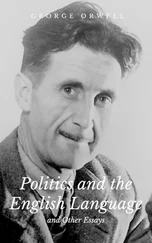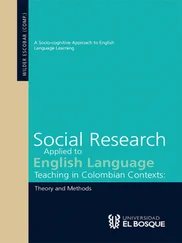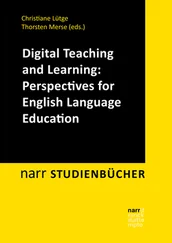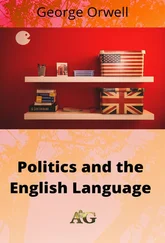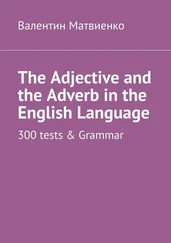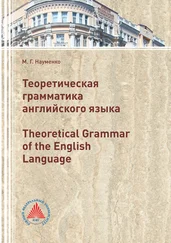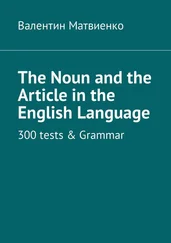Fill in the blanks from the words in the box – some are personal pronouns and some are possessive adjectives.
1
Excuse ___, I don’t know ____ name.
2
Do ___ know that man over there? What’s ___ name?
3
___ recognise those people, but I don’t know ____ names.
4
Do ___ know Helen? That’s ____ by the window.
5
Hello, ___ name’s John – pleased to meet ___ .
6
____ don’t know James – can you introduce ____ ?
your
his
their
us
her
me
we
my
you
you
you
I
12
Dialogue 11
Stuart and Rosemary are at a party. Stuart doesn’t know anyone, so Rosemary is pointing out who’s who.
STUART:
Who’s that over there, then?
ROSEMARY:
That’s Dave.
STUART:
And the two people with him?
ROSEMARY:
Those are friends of his – but I don’t know their names. And then . . . you see that woman by the window?
STUART:
With the funny hat?
ROSEMARY:
Yes . . . that’s Miranda – her husband works with Steve in the garage down the road.
STUART:
And which one is Steve?
ROSEMARY:
Steve’s not here – he’s off on a course1 somewhere.
But there’s his brother, Mike. He’s in computers.
STUART:
Really? Like me!
ROSEMARY:
Let’s go and introduce ourselves, shall we?
STUART:
Good idea.
1 off on a course= ‘away from home doing a training programme’
Language point 7 – pointing people out
When we are indicating or pointing a person out, we use thatrather than the pronouns heor she. So when Stuart indicates Dave to Rosemary for the first time, he doesn’t say Who’s he?– he says Who’s that?And Rosemary replies with That’s Dave. This is the normal way of pointing a person out in English, and it isn’t rude or impolite. It is okay to use heor she, but it’s more natural and much more common to use that. In the same way, we say What’s that?when we point to a thing, but in this case we never say
‘What’s it?’.
However, when we point out more than one person, we do use the pronoun theyor those people; but the answer can still be that: Who are they over there?
– That’s Mick and Sandra.
not ‘Those are Mick and Sandra.’
Who are those people in
– That’s the Smiths.
the corner?
or – Those are the Smiths.
13
Who are they in the other
– That’s the Chinese students.
room?
or – Those are the Chinese students.
Who are they at the bar?
– That’s the rugby club.
not ‘Those are the rugby club.’
Notice that you have to be careful with the answers – you can use Those arewith plurals, but not with single individuals, for example Mick and Sandra(even though together they are plural), nor with singular NOUNS denoting groups, for example the rugby club(even though it contains many individuals).
Language point 8 – ‘Let’s . . .’
When Rosemary says Let’s go . . . , shall we?, she’s making a suggestion to Stuart. This is a very common way of doing this in English
– you start with Let’sand then add the verb in its BASE-FORM (the dictionary form with nothing added):
Let’s go for a walk
Let’s phone James
Let’s order a pizza
Let’s have a barbecue
Then Rosemary adds the tag . . . , shall we?at the end to make the suggestion more open, inviting Stuart to agree or disagree with it.
In this case, Stuart agrees by saying Good idea– he could also have said any of these other phrases:
OK (, then)
All right (, then)
Fine
Fine by me
Why not?
Idioms
The adverb offhas a number of idiomatic meanings in colloquial English. In Dialogue 7, Su asks Is Tim off today?, and in Dialogue 11, Rosemary says that Steve is off on a course– in this kind of-phrase, off
14
means away, and it can be used when someone is away or when they are going away. For example, we can say:
I’m off to London tomorrow
=
‘I’m going to London
tomorrow’
I’m off in London tomorrow
=
‘I will be in London tomorrow’
Jenny’s off in the morning
=
‘Jenny is going away/leaving in
the morning’
Sometimes the same phrase can mean two different things: Jenny’s off todaycan mean either that Jenny is leaving to go somewhere today, or that she is away from work.
Rosemary tells Stuart that Mike’s in computers– this is an informal way of saying what kind of work he does; it means that his work is something to do with computers, but that Rosemary doesn’t know exactly what his job is. Compare these two statements: Mike’s in computers
Mike’s a software designer
The first description is vague or unspecific, while the second description is precise.
Here are some more examples of general descriptions of someone’s job:
Harry’s in publishing
Fiona’s in fashion
Kath’s in education
Paul’s in politics
Vicki’s in banking
James is in advertising
Finally, notice the difference between inand intoin this type of sentence:
Mike’s in computers= Mike’s job involves computers Mike’s into computers= Mike’s interested in computers Stuart says Really?in response to a statement by Rosemary – this is not a true question (he’s not asking Rosemary if what she’s said is true), but is simply a way of expressing interest in a fact not previously known. Look at some more examples:
15
I’m going to sail to New Zealand in my yacht
– Really?
Norman’s bought another horse
– Really?
Chocolate is an aphrodysiac
– Really?
More than a billion people speak Chinese
– Really?
Stuart adds Like me!to say that what Rosemary has just told him is true of Stuart as well. He could also have said Me too!, Same here!
or So am I!Here are some more examples:
Posh and Becks are English
Читать дальше


